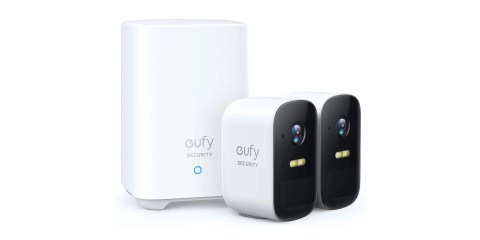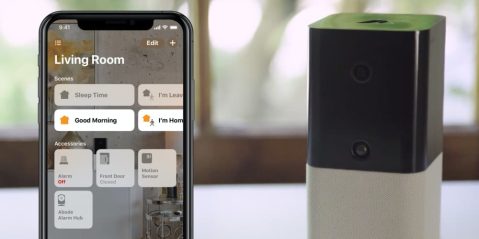
Making The Grade is a weekly series from Bradley Chambers covering Apple in education. Bradley has been managing Apple devices in an education environment since 2009. Through his experience deploying and managing 100s of Macs and 100s of iPads, Bradley will highlight ways in which Apple’s products work at scale, stories from the trenches of IT management, and ways Apple could improve its products for students.
In the early days of iOS management, we had to use iTunes to load content on to iPads (no, I am not kidding). It was painfully slow to install even one application, and you don’t want to know how slow iTunes was during the process of updating iOS.
In 2012, Apple released a tool called Apple Configurator that was dedicated to preparing iOS devices for mass deployment. It allowed you to configure up to thirty devices at a time (with a massive USB hub).
The Apple Volume Purchase store was released around this time as well. It was a bizarre process if you connected your VPP account to Apple Configurator, though.
When you purchased an app, you got a spreadsheet with iTunes codes listed. You’d take the first code listed, redeem into iTunes (to get the app file), and then load it into Configurator. It then asked for the spreadsheet (it wasn’t even a .numbers file either).
There were was early bugs that made that first code unusable in Apple Configurator after redeeming it in iTunes, so I usually bought an extra code. Apple Enterprise Support was always willing to make it right with a free code, but it wasn’t worth the hassle of calling.
As you can probably see, this process does not scale up to the 1000+ device deployments Apple sees today with businesses and schools. The current method is amazing. We have a process called device based app assignment that makes app installs a simple process.

From Apple’s VPP store, you can purchase free and paid apps. The ironic thing for paid apps is that 20 copies are often less than 19 copies if the developer has enabled bulk discounts. Notice the pricing for Pixelmator. If I buy 19 copies, it’s almost $100. If I buy 20 copies, it’s $49.80. Once I buy it, I have the option to either send it to my Mobile Device Management system or get a list of redeemable codes. I want to send it over to my MDM. You’d want to use the redeemable codes if you still use Apple Configurator or manually share codes with users to redeem on their own.


The process of the VPP store transferring the licenses to my MDM happens in the background. My MDM and the VPP store are connected via a token that I have to renew on a yearly basis. The benefit of this system is that I can change MDM vendors in the future and not lose any of my app licenses.
Once it’s in my MDM (this process can take anywhere from one minute to five minutes on average), I can then go through the process of installing the app. While different MDM vendors will present the UI differently, they all generally do the same thing with app installs. I have the option to install it on a specific group of iPads or leave it in self-service. Self Service is an in-house app store that schools and businesses can have. I always force the install.

You’ll then want to assign which iPads the app goes on. As you can see, JAMF will show your number of licenses owned and number in use.

I’ll then mark that it’s VPP content, and then once I hit save, it starts the process of installing. As long as the iPads are online, it’s usually a pretty instant process.
Apple has built an excellent system for iPad app installations. It’s as easy to install one app on five iPads as it is fifty apps on five thousand iPads. It’s all over the air, and IT managers don’t have to touch individual devices.
FTC: We use income earning auto affiliate links. More.








Comments